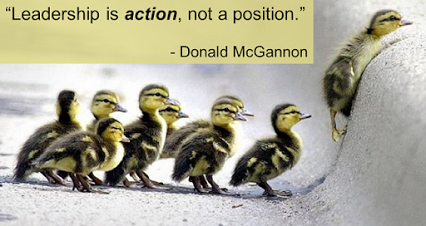Stifling Employee Engagement
“When people are financially invested, they want a return. When people are emotionally invested, they want to contribute.” — Simon Sinek
By Elizabeth Stincelli, DM
Employee Engagement
Employees want to be challenged, to have control over their work tasks, and have the opportunity to continue increasing their knowledge and skill set. When employees feel fully engaged they become emotionally committed to working hard in the best interest of the organization.
Are You Stifling Employee Engagement?
Do the employees throughout your organization know that they share in the success of the organization? If you want your employees to do more than just show up to work, you must consciously develop a culture that engages them in their work and shows appreciation for the contributions they make to the success of the organization. Watch out for these management behaviors that stifle employee engagement.
Unsupportive culture
Corporate culture affects performance and contributes to the social control that influences the way employees behave and make decisions. Culture bonds individuals together on a social level to make them feel included in the experience of the organization. Engagement must become part of the culture. When employees enjoy their work and the environment they work in they are more loyal, innovative, provide better customer service, and strive to continually improve the organization.
Out-dated view of work
In the early 20th century, Fredrick Taylor pioneered scientific management. This form of management focused on production and breaking projects into tasks. Employees could then be trained to specialize in a specific task. Taylor emphasized efficiency, control, and predictability. This view of leadership treated employees like instruments that leaders could manipulate. The focus of leadership was on the needs of the organization and not those of employees.
Times have changed; as employees become more educated and skilled, their desire to participate in the leadership and decision-making process increases. High performing employees expect the opportunity to participate and be independent. Your employees are the core of your product or service. They should find their work to be fulfilling and meaningful. If you want your employees to be engaged in their work, you should reevaluate and make adjustments to how you view work.
Lack of investment
Employee engagement requires the investment of resources to continually develop employee knowledge and skills. Talented employees want to continuously improve themselves. As a leader, you must focus on their development and offer them meaningful opportunities to contribute to the organization.
Lack of commitment
A culturethat supports employee engagement requires full commitment from management since that’s where the responsibility for employee engagement falls.Spend time helping employees succeed. Make sure you, as a leader, and your employees are committed to the right things.
Lack of inspiration
When employees do not feel inspired by those who lead them they will not be fully engaged in the organization. Employees are motivated by shared trust, values, and purpose. By developing and maintaining trusting relationships you can inspire individuals to collaborate, share knowledge, and contribute to the development of new organizational knowledge. Let employees know, through your words and actions, why they should work for you. Be a source of inspiration.
Take-Away
Employee engagement is dependent on commitment from management, a supportive culture, training, and empowerment. Provide employees with the knowledge and skills that will allow them to deliver a value that exceeds expectations. Remember that employees who are emotionally committed to the organization want to contribute. Give them the tools and opportunities to make the meaningful contributions that benefit them on and individual level and the organization as a whole.
© 2014 Elizabeth Stincelli




